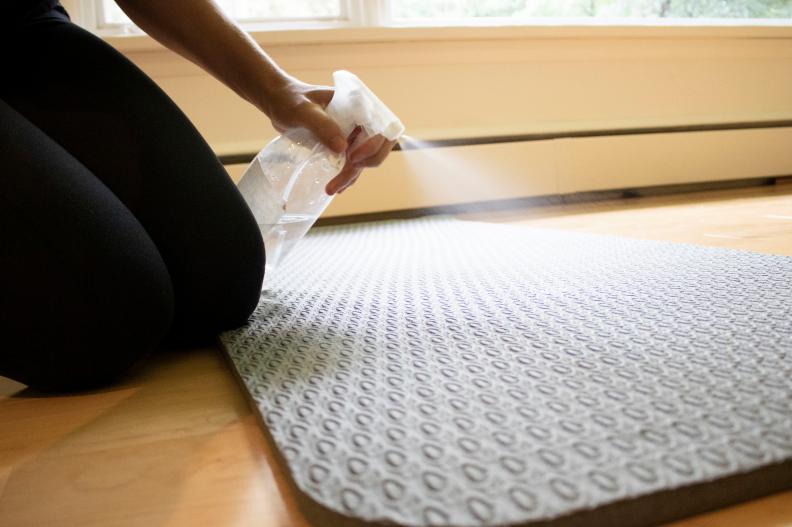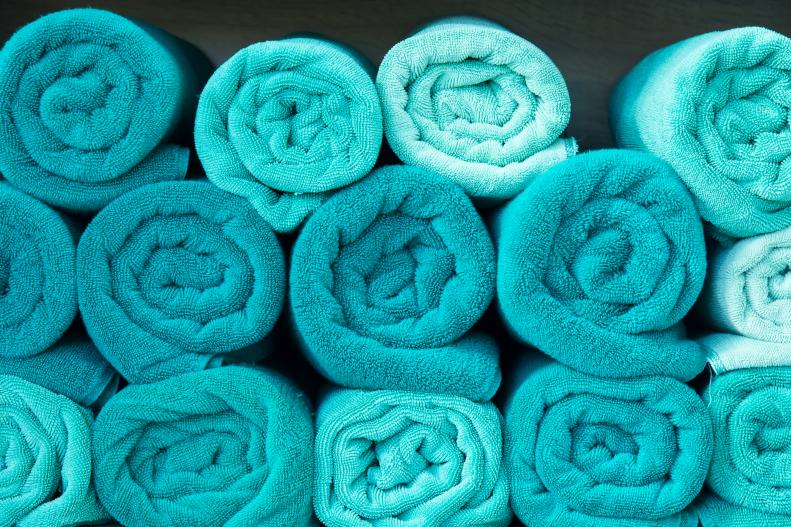1 / 41
Photo: Emily Fazio
Bacteria Harboring Household Items
Our homes are filled with items that have the potential to harbor bacteria. We've highlighted some of the most common offenders so that you can replace or clean them on a regular basis.









